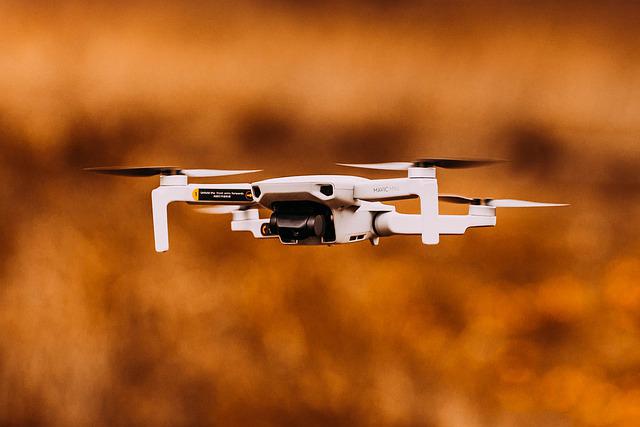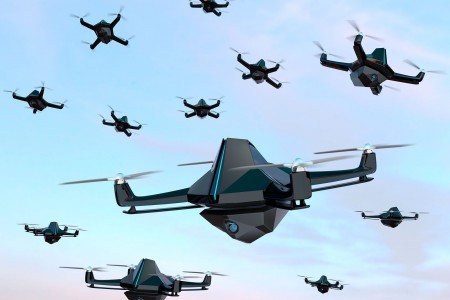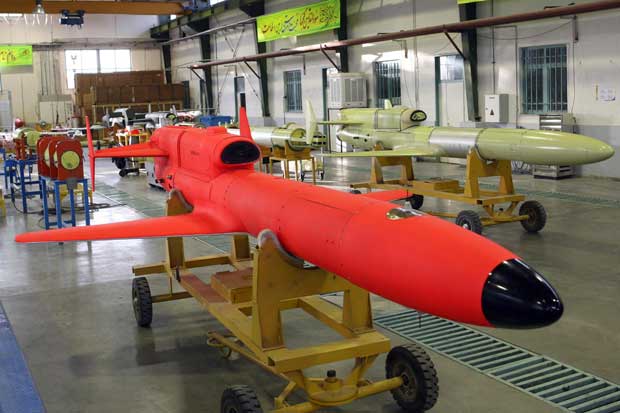
The Navy is currently developing an unmanned aircraft platform to replace its manned fighter-jets. The MQ-25A Stingray is a multi-purpose unmanned aerial system that carries refueling systems under its wing. These drones can be used to take the tanker duties off manned F/A-18 fighters and indirectly increase carrier airwing striking power. These unmanned aircraft systems are not yet certain of their future.
MQ-4C Triton unmanned aircraft system
The Navy will deploy two MQ-4C Tritons (MQ-4C Tritons) to Guam before the end of 2018. This will allow the force to expand its reach in the Western Pacific. In April 2018, the deployment was announced. The deployment was originally announced in April 2018. However, the Navy stopped operations after the first Triton crashed into the ground in September 2018. The program is expected resume flight in 2019.
Blue Water Maritime Logistics UAS design
The US Navy recently selected the Austin, Texas-based Skyways as the winner of the 2019 other transaction authority award for their Blue Water Maritime Logistics UAS concept. The aircraft's folding wings allow it to fold away after taking off and before landing. This will improve handling and storage capabilities. Skyways beat Boeing initially, although Boeing was originally considered for the award. The drone's patented design has already attracted industry attention, and it could become a part of the future Navy fleet.

MQ-25A Stingray
The MQ-25A Stingray Navy tanker prototype is being built and will reach operational readiness by 2025. Because it has a horizontal structure and a rounded wing body configuration, it is less likely to be detected by enemy radars. Its ability to land at sea while maintaining a high degree of survivability makes it an excellent choice for long-range missions over fixed-wing tankers.
UXV Drone Carrier Warship
The UXV Drone Carrier Warship design is interesting but it's not practical. A half-flattop warship combined with a drone deck is a waste of space. It has already proven to be a useful concept in theory. Is it even feasible? Will it ever serve in the Navy? What budget will it need to fit into the Navy's existing Navy? What amount of budget will it need to be able to do this?
MQ-8Bs and Cs
The MQ-8B-C and MQ-8C are navy drones. They are equipped to carry out large-area multistatic acoustic search and have anti-submarine war equipment. The Navy plans to replace its MQ-8C, which was tested at sea aboard the USS Anchorage. The airframe of the MQ-8C is based on a commercial Bell 407 aircraft and retains most of the B version's avionics. It can land on any aviation-capable ship, including unprepared areas. The MQ-8C comes with a new radar system. The new aircraft should be ready to deploy by the summer.

Electric laser weapon
The Navy's advancement in laser weapon systems is remarkable. The Navy is already more than half way to its goal, having increased from 30 kilowatts of power in 2014 to 150 in 2020. The all electric weapon will operate as long as the ship's power is available. It will not require propellants and ammunition. The electric laser weapon offers many advantages over chemical laser weapons in the past.
FAQ
Can I fly my drone within my local park
Yes, you can fly drones at parks all around the world. However, there are some countries that prohibit drone flying in parks. You can fly drones legally in these places.
Is it possible to buy a drone from overseas?
You can find many different types of drones online. Some prefer to buy their drones from Amazon, eBay, or Walmart. Others prefer to purchase their drones directly at the manufacturer.
Is it safe and legal to fly a drone when driving?
Drone flying at high speed is dangerous. You could also hit pedestrians and animals. In addition, you could damage your car by hitting power lines, trees, or buildings.
Is it possible to fly a drone at high altitudes without a license?
The FAA has no limit on how high you can fly a drone. They do require that you register your unmanned airplane system (UAS), which includes registration number, model number, weight, size and manufacturer's names, as well as other information.
What type of batteries can a drone use to charge its batteries?
Most drones use lithium-ion batteries. A typical drone runs on between 3 and 6-volts.
Are drones allowed to be used at public events
You can fly your drone anywhere you like, provided you adhere to the rules. However, if you plan to fly your drone during a public event such as a parade, festival, or concert, you will need approval from the event organizers.
Statistics
- According to Indeed, a drone pilot gets paid $25.73 per hour on average in the US. (dronesgator.com)
- Research and Markets predict a growth rate of 51.1% over the next five years. (thedroneu.com)
- According to the multiple listing service (MLS), houses and apartments with drone photographs are up to 68 percent more likely to sell than those without pictures. (thedroneu.com)
External Links
How To
How to Fly Drones for Beginners
A drone refers to a remote-controlled aircraft designed for aerial photography, surveillance and scientific research. Drones are a technology that has been around since World War II. DJI's Phantom quadcopters became commercially available in 2010. There have been many types of drones since then, including beginner-friendly drones like the Parrot AR Drone 2.0 and professional-grade multi-rotor crafts like the DJI Mavic Pro.
There are several ways to fly a drone, including;
-
Remote control - This method uses a control device attached to your hand, which enables you to steer the drone through its flight path. There are two main types: Joysticks (like a radio), and On/Off switches (like an alarm clock).
-
Manual Control- This allows you to control your drone remotely via GPS coordinates. You must keep track of the location where you want the drone to go and follow the instructions from the app.
-
Autonomous Flight – This is when the drone handles all the piloting tasks. It's basically flying autonomously without any human intervention. A drone must have a builtin camera and sensors capable to capture images and other data.
-
Triggered Flying - This method works in the same way as manual control. However, the pilot has to manually set up a route for the drone and it follows that route until reaching the endpoint. The drone automatically lands once the route has been completed and returns to the base.
-
Landing Gear – Some drones are equipped with landing gear, which allows them to safely land if they lose power during flight.
-
Goggles - Some pilots wear goggles to protect themselves from debris while operating.
-
Camera - Certain drones come with cameras that allow you to take photos and videos from high above.
-
Obstacles. Some drones can have obstacle avoidance technology that stops them from hitting obstacles.
-
Speed - Drones can reach speeds up to 40 mph.
-
Battery Life – Most drones will last 20 minutes to three hours depending on how powerful they are.
-
Range - Depending on the model, some drones can travel up to 30 miles away.
-
Power source - Some drones need an external power source, while others use internal batteries.
-
Weight – Some drones are less than one pound, while other models can be up to four pounds.
-
Size - The size of drones varies from small, easily carried devices to more substantial crafts that weigh in excess of 50 pounds.
-
Price - Drones come in a variety of price categories, including high-end models which can run into the thousands and low-cost options that can start at $100.